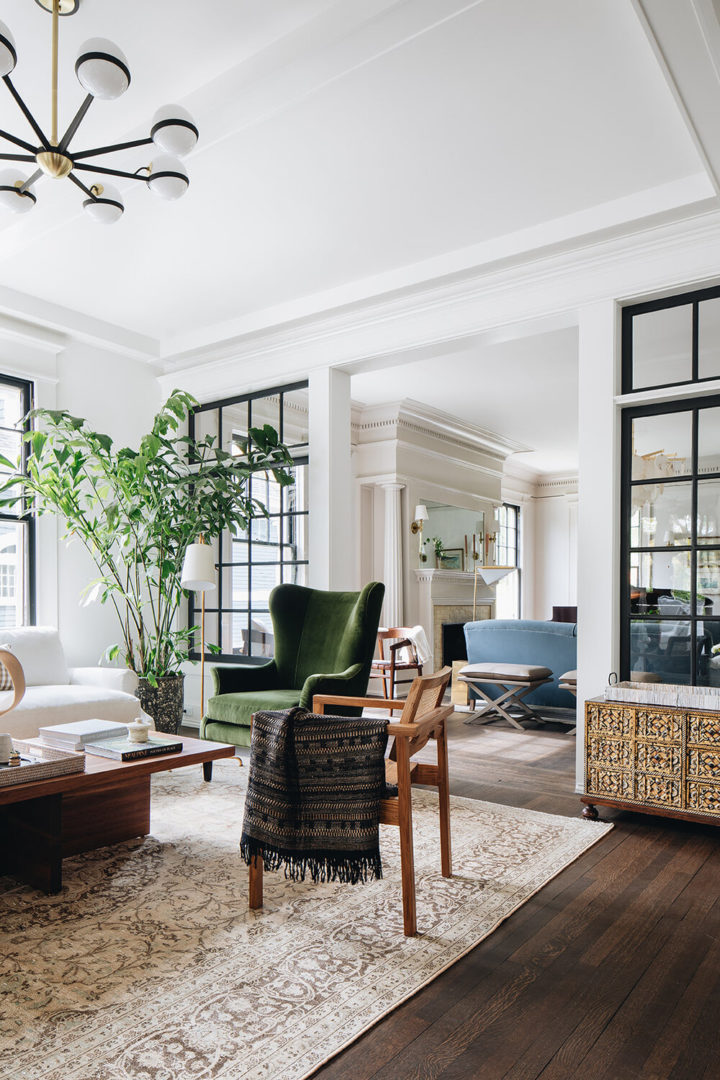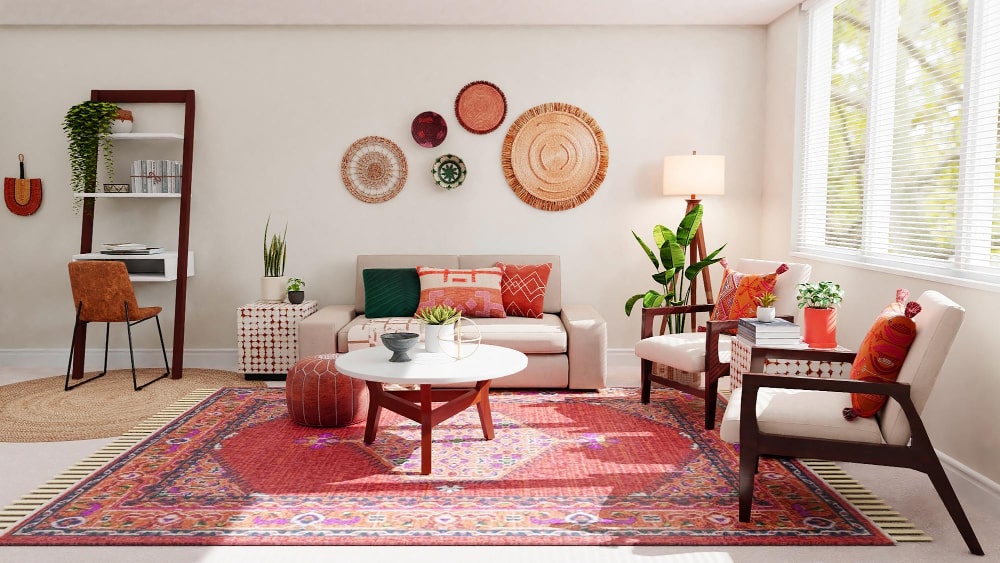Explore luxury interior design to elevate your home or office.
Explore luxury interior design to elevate your home or office.
Blog Article
Transform Your Home With Important Principles of Inside Style and Appearances
The art of changing your home with the important concepts of interior decoration and aesthetic appeal needs a thoughtful method that harmonizes color, balance, and spatial awareness. By understanding the effect of shade theory and the value of texture and patterns, one can create rooms that are not just visually appealing but additionally deeply individual. Achieving this equilibrium involves more than plain design; it includes a calculated setup and an eager understanding of exactly how each element engages within a room. As we discover these fundamental principles, consider how they could redefine your understanding of home and individual expression.
Understanding Shade Theory
Comprehending the concepts of shade theory permits developers to produce rooms that resonate psychologically with occupants while satisfying practical requirements. Each category plays an essential function in establishing consistency within a room.
The psychological influence of colors is profound; warm tones such as reds and oranges stimulate power and warmth, while great tones like blues and environment-friendlies advertise peace and serenity. The usage of corresponding shades improves aesthetic interest, creating striking contrasts that can raise a space's appeal.
Neutral colors, on the various other hand, offer as a versatile backdrop, enabling other design aspects to beam. It is vital to think about aspects such as lighting and the room's objective when picking a color palette, as these can alter the assumption of shades throughout the day.
Eventually, a well-considered color pattern can transform a room, promoting a sense of convenience and design that aligns with the inhabitants' preferences. Mastery of color concept is, consequently, an essential ability for any type of indoor designer aiming to develop harmonious and welcoming settings.
Attaining Equilibrium in Layout
Exactly how can designers achieve a sense of balance in their areas? Accomplishing equilibrium in style is basic to creating unified insides.
Asymmetrical balance, on the various other hand, relies upon differing elements that still attain a cohesive look. This method permits more dynamic and informal setups, giving rate of interest while preserving balance. By very carefully selecting differing dimensions, colors, and textures, designers can produce a visually engaging space that feels well balanced yet energised.
Radial balance stresses a main centerpiece with elements radiating external. This design is commonly seen in circular layouts, where furniture and design produce a cohesive surround that draws the eye inward.
Inevitably, attaining equilibrium needs thoughtful factor to consider of scale, percentage, and the partnerships in between elements. luxury interior design. By masterfully applying these equilibrium concepts, developers can change areas into settings that really feel both cosmetically pleasing and functionally unified, enhancing the overall experience for residents
Relevance of Spatial Awareness

An eager sense of spatial recognition enables designers to identify focal points within an area, leading the customer's interest to crucial features while keeping a total sense of unity. It additionally helps in the calculated positioning of lighting, which can considerably influence the understanding of area and mood. Moreover, understanding spatial partnerships allows the developer to satisfy the certain demands of inhabitants, ensuring that each area offers its desired purpose without jeopardizing click this link appearances.
Eventually, spatial understanding is critical for maximizing the possibility of any type of interior room. By thoroughly considering the interaction between measurements, layout, and function, developers can produce atmospheres that not just fulfill sensible needs yet also evoke a feeling of convenience and elegance, boosting the general living experience.
Integrating Structure and Patterns
Welcoming a varied array of appearances and patterns can substantially boost the visual and responsive charm of an indoor room. The strategic use numerous materials-- such as timber, steel, fabric, and rock-- creates deepness and interest, making an area really feel a lot more inviting and dynamic. For example, combining smooth surface areas with harsh structures can establish an equilibrium that draws the eye and involves the senses.
When integrating patterns, think about both scale and repeating. Huge patterns can act as focal factors, while smaller sized, subtle layouts can complement various other aspects without overwhelming the room. Layering patterns, such as pairing flower pillows with striped tosses, includes intricacy and a feeling of harmony if executed thoughtfully.
It is also essential to maintain a cohesive color scheme, guaranteeing that appearances and patterns collaborate as opposed to complete for interest. By picking a couple of key appearances and patterns, you can produce a combined aesthetic that mirrors your personal design while boosting the total setting of the room. Eventually, the careful incorporation of these aspects can change a mundane room right into an innovative setting rich with character and heat.
Personalizing Your Area
Developing an area that mirrors your character is essential to attaining a genuinely inviting environment. Personalization in interior decoration permits you to instill your special style and interests right into your home, transforming it from a simple shelter into a refuge that talks to who you are. Begin by choosing a color combination that resonates with your feelings-- bold hues can energize, while soft tones provide serenity.
Integrate artwork and decoration that mirror see your passions, whether it be travel, nature, or abstract ideas. Presenting individual collections, such as books, photos, or keepsakes, can stimulate cherished memories and develop focal points within a space. Furthermore, think about tailoring practical items, like upholstered furniture, to align with your visual choices.

Final Thought
To conclude, the change of a home through the crucial principles of indoor design and aesthetics demands a comprehensive understanding of shade concept, equilibrium, spatial recognition, appearance, and customization. Each component contributes significantly to creating an unified and functional living environment - miami interior design. By attentively incorporating these concepts, people can boost the visual appeal and emotional resonance of their areas, ultimately promoting a home you could try this out that reflects special identities while supplying convenience and practicality
Report this page